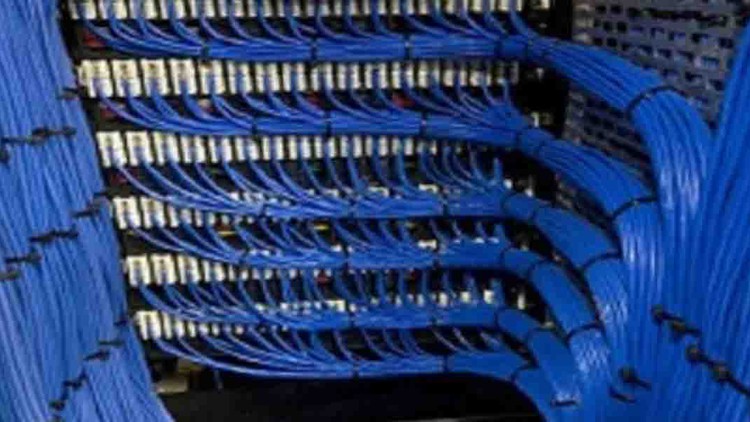
Everything about wired and wireless connectivity in computer networking
What you will learn
Gain proficiency in the installation, termination, and testing of Ethernet and fiber optic cabling.
Understanding cabling standards & crimping methods
Understanding purpose of various network devices like Repeaters, switches, & routers
Exposure to various types of network architectures & Technologies
Description
This course provides a comprehensive introduction to the foundational principles of physical networking. Students will learn about the hardware, cabling, and devices that form the backbone of modern networks. Through a combination of lectures, hands-on exercises, and lab work, participants will gain practical skills in designing, implementing, and troubleshooting physical network infrastructures.
Topics Covered:
- Introduction to Physical Networking
- Network Topologies
- Network Devices and Hardware
- Cabling and Connectors
- Network Media (Copper, Fiber, Wireless)
- Network Standards and Protocols
- Network Security and Physical Security
- Network Maintenance and Troubleshooting
- Emerging Trends in Physical Networking
Course Objectives:
- Understand the fundamental concepts of physical networking
- Identify and differentiate between various network topologies
- Recognize different types of network devices and their functions
- Select appropriate cabling and connectors for different network environments
- Explain the importance of network standards and protocols
- Implement basic network security measures
- Perform basic network maintenance and troubleshooting tasks
- Discuss emerging trends and technologies in physical networking
Prerequisites:
Basic understanding of computer hardware and operating systems.
Course Format:
This course is delivered in a combination of lectures, hands-on labs, and practical exercises. Students will have access to networking equipment and tools to simulate real-world scenarios and gain practical experience.
Target Audience: This course is suitable for anyone interested in learning the fundamentals of physical networking, including IT professionals, network administrators, and system engineers.
Content